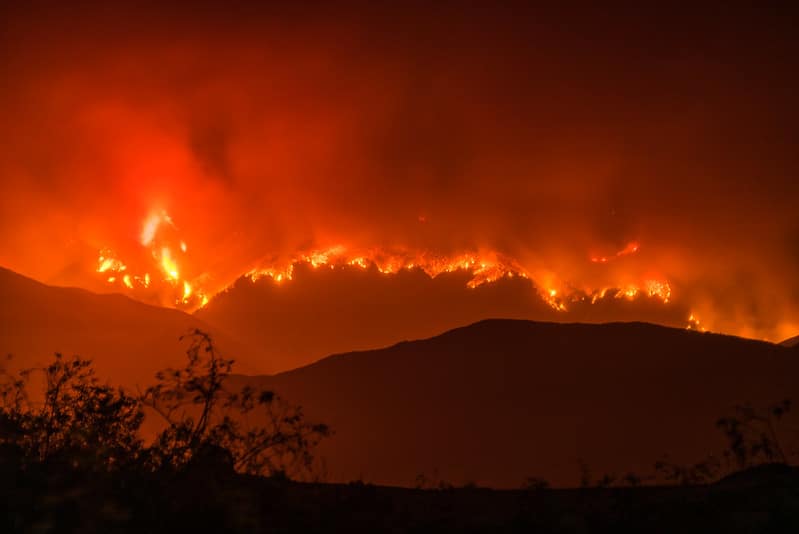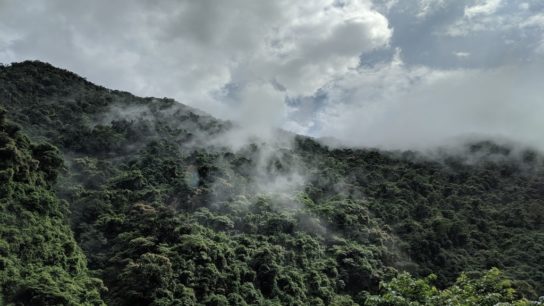In 2020, the western US suffered from record-breaking wildfires, showing the danger of warming climates and ecosystem decline, but also highlighting the importance of forest and landscape restoration in reducing the threat of catastrophic threats like wildfires.
—
Altered rainfall patterns are lengthening fire seasons around the world, from the Mediterranean to Australia. Heat and droughts are sucking moisture from trees and undergrowth, while some regions are seeing more intense weather events, like thunderstorms, whose lightning can start fires.
Scientists say that forest restoration and other natural solutions could provide up to one-third of the mitigation needed to keep global warming below 2 degrees Celsius by the end of the century.
Large-scale forest conservation and restoration can also counter extreme wildfires more directly. Restoration can help older forests become more diverse and less fire-prone.
In many temperate forest ecosystems, natural fire patterns are healthy and are in fact vital. That means we need to end focusing on preventing fire at all costs. Landscapes that burn cyclically contain less flammable material. When a fire does occur, larger trees are spared, invigorating the ecosystem and posing less of a threat to people.
The most effective way to restore some types of forests may be by letting wildfires run their course, especially in remote areas. Near towns and villages, managed burning may be safer. Fires can be set in optimal weather conditions with ideal soil moisture.
Cara Nelson, a professor of restoration ecology at the University of Montana in the US, says, “Wildfire can act as a self-regulating mechanism. In forests adapted to frequent fire, we want the fire back and that means we need to learn to live with it.”
Residents could plant fire-tolerant native plants around their home and avoid more flammable or exotic species that can become invasive.
You might also like: China Pledges to Clamp Down on Coal Amid Criticism
Restoring Landscapes After a Wildfire
In many situations, forest ecosystems will quickly recover on their own, depending on the intensity of the fire. In others, interventions can aid in this process.
When fires strip landscapes of vegetation, hillsides are vulnerable to erosion that could hinder a forest’s recovery. Reseeding can reduce soil loss and landslides while protecting water supplies. Using native grasses can prevent invasive competitors.
When fires have damaged wildlife habitats, replanting specific trees and plants could help populations to survive. For example, in eastern Australia, ecologists are re-establishing mistletoe in forests used by the regent honeyeater, an endangered bird.
Restoration can begin even while a fire is still burning, in the form of first aid and rehabilitation for injured wildlife.
Reviving Landscapes
Active replanting is a critical focus in this process. For example, in Portugal’s Algarve region, a project aims to recreate belts of native, fire-resistant cork oak forest among more flammable commercial plantations of eucalyptus and pine.
Peter Moore, a forest fire expert with the United Nations Food and Agriculture Organization, says, “More people need to have a stake in restoring and managing these landscapes, and more support from governments and business is needed in order to make it happen. Strong rural communities can understand the value as well as the risks of fire.”
Featured image by: Flickr

















